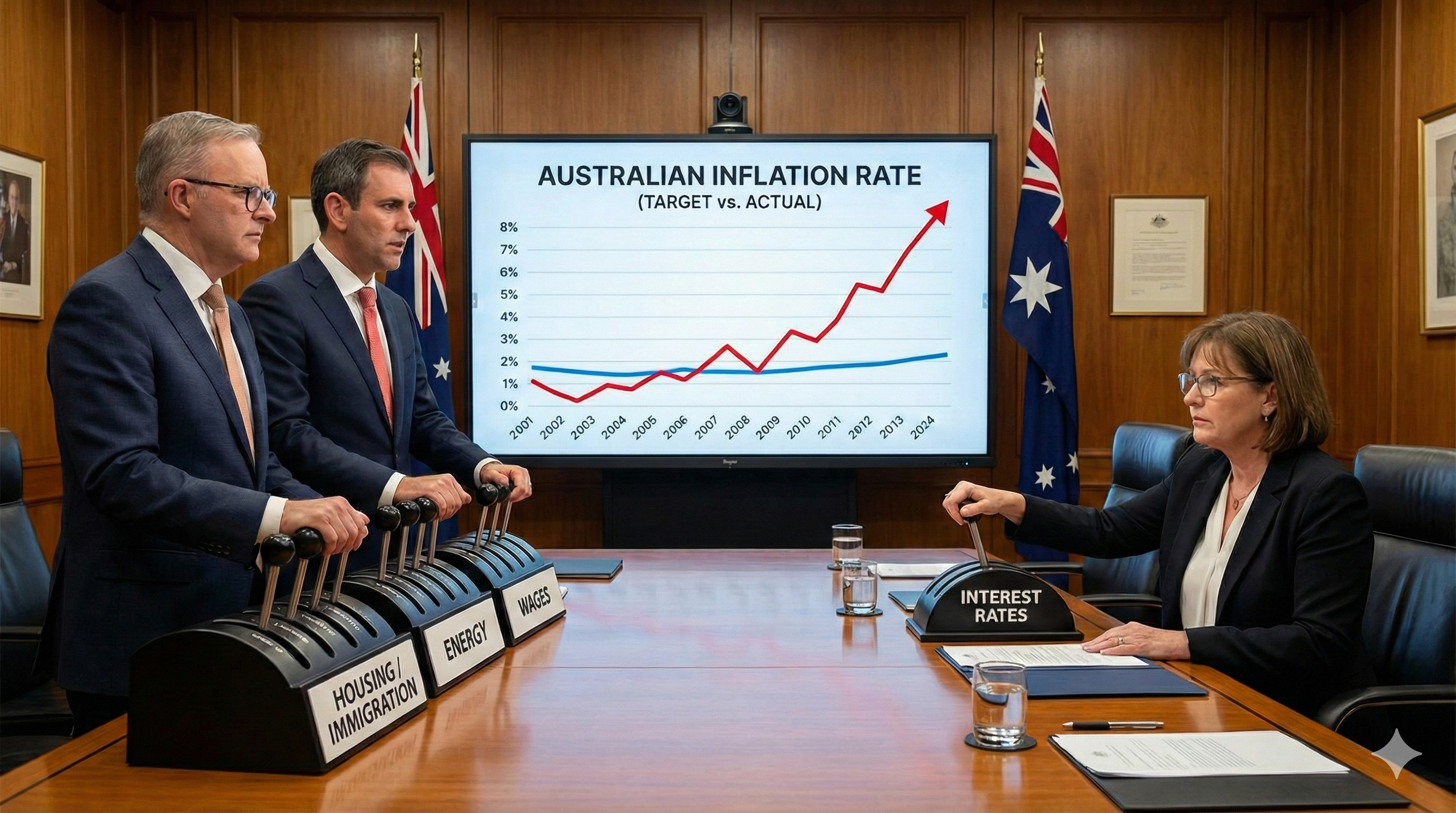Why Liquidity matters in successful retirement planning.
As I covered in the Lifestyle and Longevity articles, a significant component of success in retirement is ensuring you have sufficient cash flow to meet your requirements and goals. When cash flow is interrupted, or expenses exceed income for a period, the liquidity of your investments is the next crucial focal point.
Quickly, liquidity means the ease of turning an asset or investment into cash, and importantly, how quickly you can access this cash. The easier it is to convert to money, the more ‘liquid’ it is.
The potential for high returns can often mean low levels of liquidity, and for many, the anxiety and fear of not being able to liquidate their investment when they most need it may not be worth the possible feelings of joy that good performance can bring.
Liquidity in Australian life
As a nation of property proud Australians, we are accustomed to low liquidity investments. Between the purchase price and associated fees, interest and maintenance costs, property investment is a test of faith that all will be OK at the other end when it is hopefully, eventually sold for a profit. In a cash flow pinch, you cannot sell a bedroom (although equity may be available), and often the sales process can take months.
Our other favourite asset class, shares in companies on the Australian Stock Market (ASX) offers almost the opposite scenario. Cheap entry, little leverage ability and, at least in the large market capitalisation end, terrific liquidity. With the ease of access, of course, comes the ease of exit, meaning, at times, ferocious volatility for those who check on their portfolio regularly.
Typically, investors can command a ‘liquidity premium’ requiring a higher rate of return on the basis that the investment cannot be easily accessed. A good example is large building or infrastructure projects (and managed funds that help finance them) that require enormous amounts of capital which cannot be accessed for several years.
In the event of a severe market downturn, where buyers and, therefore, liquidity all but disappear, investors have little to do but wait for markets to stabilise and return. This phenomenon caused several major superfunds to temporarily suspend cash switches during the COVID crash of 2020 and prompted a review by the Reserve Bank of Australia.
Cashflow is king and liquidity queen, in retirement
If you have secure employment through your career, you can sometimes take cash flow for granted, and, as your own time is the asset, liquidity is often just a paycheck away. However, this paradigm is structurally shifted in retirement as now your assets are relied upon for your income needs. The ability to convert your time to cash is limited for most.
Historically, there was a prevalence of investments that could achieve an adequate return without subjecting the savings to higher levels of risk. The days of simple bond portfolios supplying enough interest to support a modest retirement are finished, with Warren Buffett remarking that instead of risk-free return, Government bonds now offer ‘return-free risk”!
Thanks to the series of reductions in the RBA’s interest rates, and looking forward, we find that these options are sadly lacking in the returns department. More effort will need to be put in when managing portfolios to ensure both income and liquidity needs are met.
This means that investments need to be viewed through a different lens. Rather than just focusing on an income amount, either through coupon payments, distributions or dividends, we now need to also concentrate on the ability to realise or sell the investment at some point to ensure no disruptions in cash flow. That means higher liquidity investments are now more critical than ever before.
Ensuring liquidity in retirement
Pressure testing your investments is not an easy task, especially if you start to move away from the vanilla world of cash, federal government bonds and large market capitalisation equities. Turbulent periods in the market often mean a correlation of misfortune across many asset classes. Which in the worst-case scenarios can result in the lock-up of funds or inability to liquidate. And often when you need the funds the most!
History is a great guide, but unfortunately, it is not a rule for safeguarding the ability to sell when times get tough. Often the answer lies in keeping your investment mix predominately in the simpler playgrounds, with forays into less liquid areas reserved only for long term savings that, in the event of an inability to sell down, does not keep you up at night.
During the financial crisis, many notionally “safe” investments like Real Estate Investment Trusts or corporate bond funds were “locked up” and investors could not withdraw the money. In the end these investments were typically wound up by the managers and any remaining capital returned to investors. But the process took years. For retirees who needed the money to live on, to pay for unexpected medical bills, pay for weddings or holidays, or to support loved ones who may have lost employment during the recession, that was no comfort.
As a rule of thumb, retirees would be wise to keep at least 3-6 months of typical expenses as cash. But that is not the only liquidity that you may need. Because of the unexpected nature of expenses, I would be concerned if any investor had more than 25% in illiquid assets. Investments are important, and sometimes illiquid investments do offer higher returns. But being able to use your money to live and meet unexpected events is far more important than eking out a slightly higher return.








